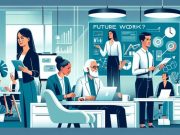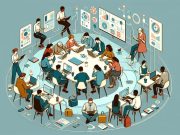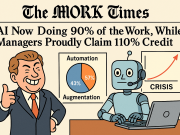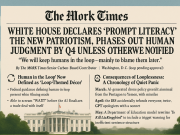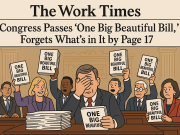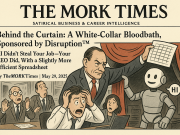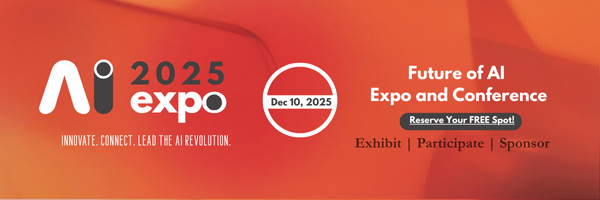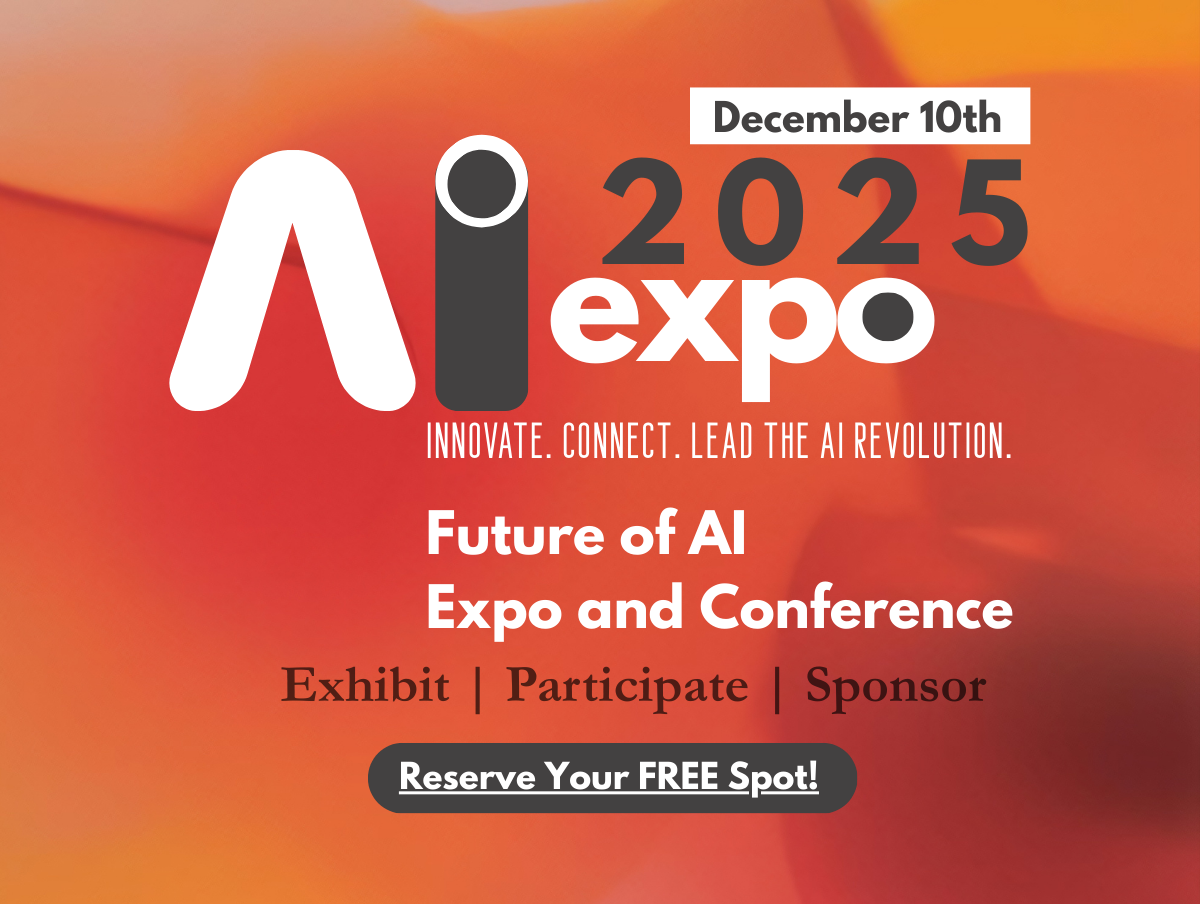The Paradox of Progress: Are We Upskilling for Fulfillment or Redundancy?
As the petals of technology unfold at a dizzying pace, the workforce finds itself at a crossroads, entangled in a paradox that strikes at the very core of our quest for progress. The mantra of the modern employee has become ‘upskill or perish,’ as artificial intelligence and automation shape the future of work with a relentless, unyielding momentum. The promise of upskilling is held aloft like a torch in this new industrial revolution, offering a beacon of hope to those eager to stay relevant and secure in their careers. But beneath the bright veneer of educational advancement lies a haunting question: Are we marching towards greater job satisfaction and security, or are we simply treading water in a sea of inevitable redundancy?
At ‘The Work Times,’ we seek to unravel this complex tapestry by scrutinizing the efficacy of upskilling. We take a magnifying glass to the programs that pledge to bolster our employability. We scour for the truth behind the shiny certificates and polished LinkedIn profiles that proclaim our readiness for the jobs of tomorrow. But the landscape is mottled with shadows of uncertainty as we contemplate whether these efforts genuinely elevate our careers or merely postpone an impending obsolescence brought on by machines capable of outthinking and outperforming us.
Accessibility to upskilling is a crucial piece of the puzzle. Is the ladder of opportunity only within reach for those with existing resources, inadvertently deepening the chasm between economic classes? As we examine the spectrum of available programs, from company-sponsored training to online courses, we must confront the reality of who really benefits from these initiatives. And beyond the accessibility, there’s the potency of these interventions. Does the current state of upskilling genuinely fortify our position in the job market, or is it a whisper of assurance in the face of a gale-force wind of technologically driven change?
We delve into the societal ripples of this evolution, exploring the intricate ways in which reskilling is perceived and undertaken. Is it a valiant act of career rejuvenation, or a Sisyphean task as the goalpost of ‘in-demand skills’ is perpetually moved further out of reach? The psychological terrain of this transition is fraught with both hope and trepidation. The human spirit is tested when faced with the need for constant reinvention – a test not merely of intellect but of identity.
Through candid case studies and the insights of thought leaders and everyday workers alike, ‘The Work Times’ peels back the layers of this modern conundrum. We aim to challenge the echo chamber that insists reskilling is the panacea for all our employment woes and foster a dialogue on how we can truly integrate the promise of technology with the irreplaceable value of human ingenuity and passion.
In this investigative piece, we confront the ‘Paradox of Progress,’ not to deflate the pursuit of learning but to courageously engage with the complexities and craft a narrative that honors the worker, the workplace, and the intrinsic value of work itself. Join us as we navigate this uncharted terrain, seeking clarity on whether we are genuinely carving pathways to fulfillment or merely etching lines in the sand as the tide of automation inches ever closer.



